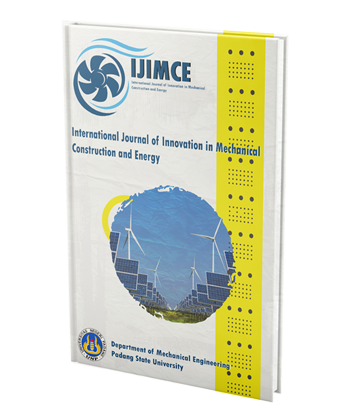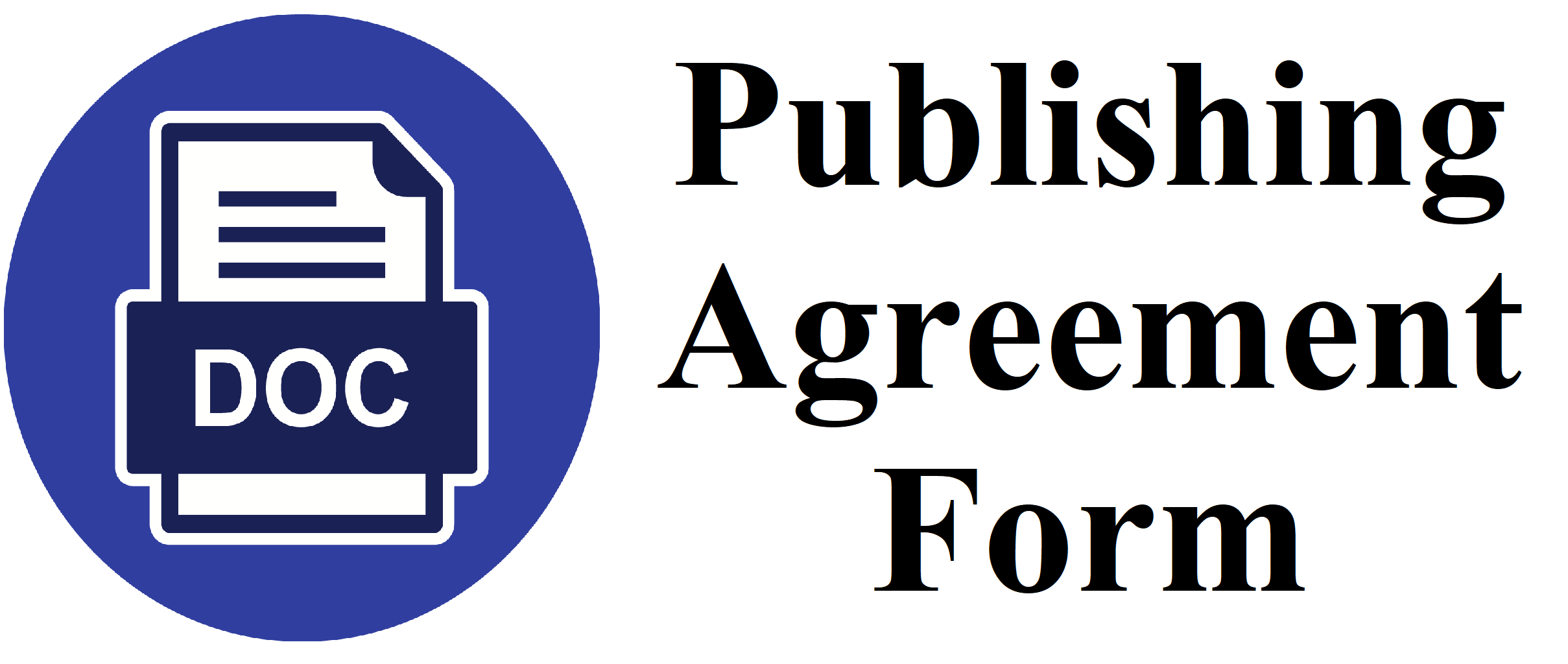Simulation Of Welding Strength Test Equipment Frame With A Capacity Of 20 Tons Using Solidwork 2020 Software
Keywords:
Simulation, SolidWorks, Finite Element Analysis, Safety Factor, StressAbstract
This study aims to analyze the strength of the 20-ton capacity welding test equipment frame using SolidWorks software-based simulation. The simulation evaluates the stress distribution, strain, and safety factor of the frame structure when receiving the maximum load. Analysis using the finite element method (FEA) is performed by modeling the frame along with boundary conditions and loads that match the actual test conditions. The simulation results show that the maximum stresses in the structure are still below the yield limit of the material, so the frame is considered safe to use. The highest stresses are distributed at the top of the frame especially around the load application area, while the bottom and legs of the frame experience lower stresses. The minimum factor of safety obtained in the simulation is 6.6 which indicates that the structure has high reliability against the applied load. Based on these results, the welding test equipment frame design can be said to be strong enough and safe to use for testing with a capacity of 20 tons. However, design optimization can still be done to improve the strength of the structure.
Downloads
References
F. M. Fais and T. H. Ningsih, “Rancang Bangun Alat Uji Bending dengan Sistem Hidrolik,” J. Rekayasa Mesin, vol. 7, no. 1, pp. 47–53, 2022.
M. Syaukani, F. Paundra, F. Qalbina, I. Dwi Arirohman, P. Yunesti, and Sabar, “Desain dan Analisis Mesin Press Komposit Kapasitas 20 Ton,” J. Sci. Technol. Soc. Cult. , vol. 1, no. 1, pp. 29–34, 2021.
N. P. Putra, D. Y. Sari, and W. Afnison, “Analisis Statik pada Alat Press Hidrolik Menggunakan Solidwork,” vol. 8, pp. 42747–42751, 2024.
N. A. Sutisna, “Rancang Bangun Mesin Uji Universal Untuk Pengujian Tarik dan Tekuk Bertenaga Hidrolik,” J. Mech. Eng. Mechatronics, vol. 6, no. 1, p. 32, 2021, doi: 10.33021/jmem.v6i1.1481.
F. Restu, R. Hakim, and F. S. Anwar, “Analisa Kekuatan Material ASTM A36 pada Konstruksi Ragum terhadap Variasi Gaya Cekam dengan Menggunakan Software SolidWorks 2013,” J. Integr., vol. 9, no. 2, p. 113, 2017, doi: 10.30871/ji.v9i2.444.
Y. E. Cumhur et al., J. Wind Eng. Ind. Aerodyn., vol. 26, no. 1, pp. 1–4, 2019, [Online]. Available: https://doi.org/10.1007/s11273-020-09706-3%0Ahttp://dx.doi.org/10.1016/j.jweia.2017.09.008%0Ahttps://doi.org/10.1016/j.energy.2020.117919%0Ahttps://doi.org/10.1016/j.coldregions.2020.103116%0Ahttp://dx.doi.org/10.1016/j.jweia.2010.12.004%0Ahttp://dx.doi.o
R. Chavan and N. Patil, “Design , Development and Analysis of Press Tool for an Industrial Part,” Res. publik, vol. 4, no. 1, pp. 112–123, 2016.
L. T. Kusuma and H. Mahmudi, “Analisa Kekuatan Rangka Mesin Pengupas Kacang Tanah Menggunakan Software Solidworks,” Agustus, vol. 7, pp. 384–392, 3AD.
M. Balaji, N. Kumar, and T. Rao, “Structural Design and Analysis of 100 Ton Hydraulic press,” Int. Res. J. Eng. Technol., vol. 11, no. 4, pp. 614–617, 2024.
A. A. N. Santoso, D. T. Santoso, and Aripin, “Analisis Kekuatan Rangka pada Perangkat Grading Fish menggunakan Software Solidworks,” J. Kaji. Tek. Mesin, vol. 8, no. 1, pp. 111–120, 2023, [Online]. Available: http://journal.uta45jakarta.ac.id/index.php/jktm/article/view/6985




